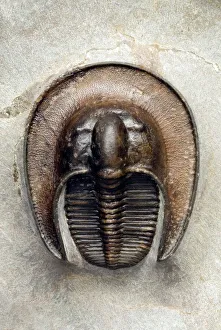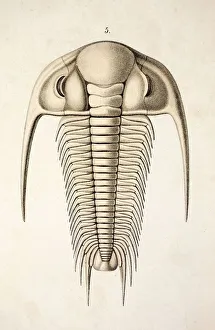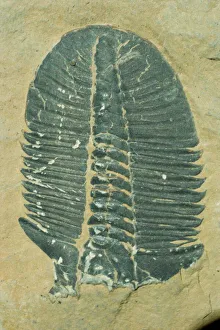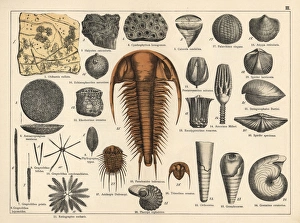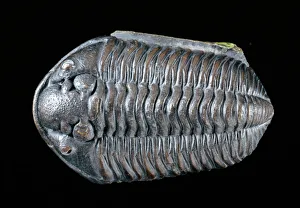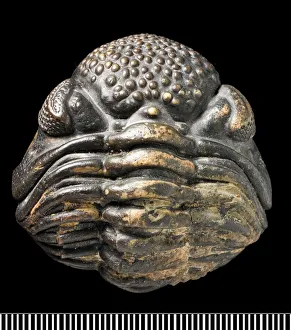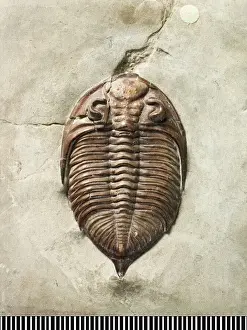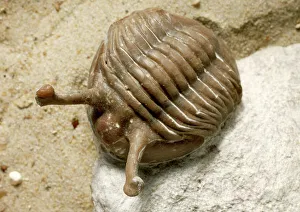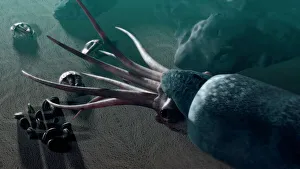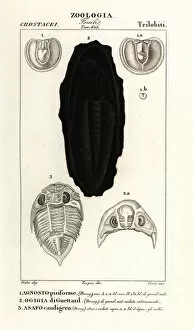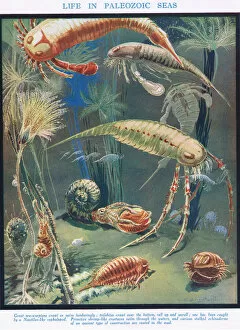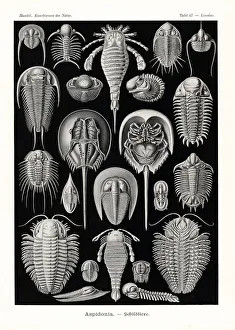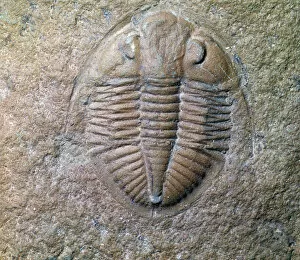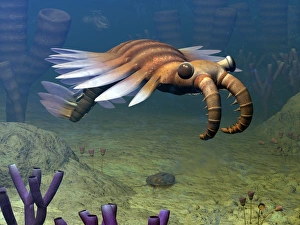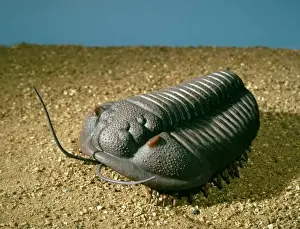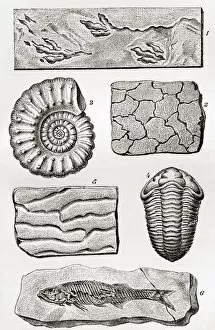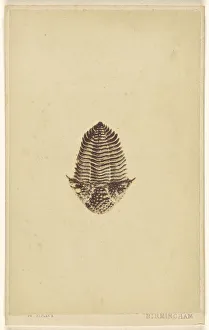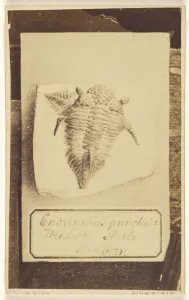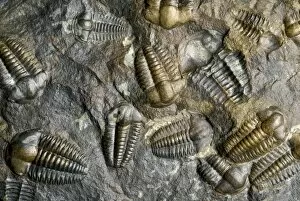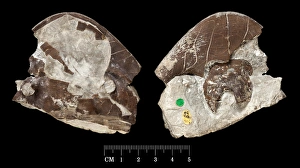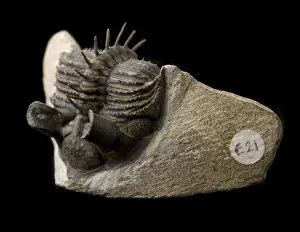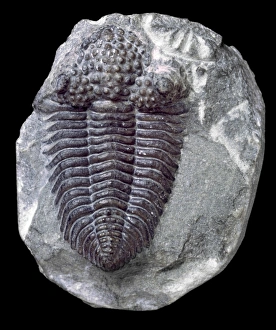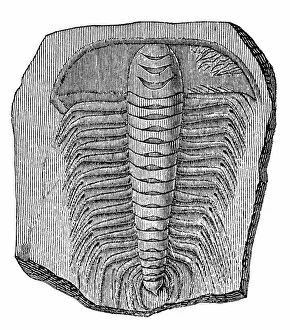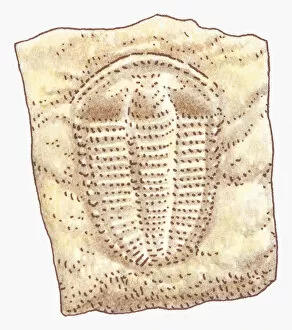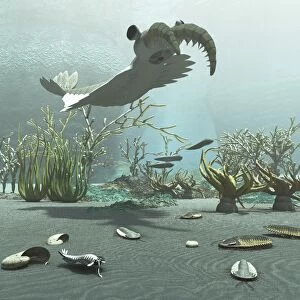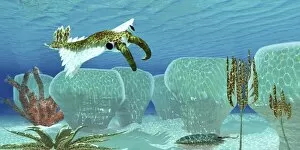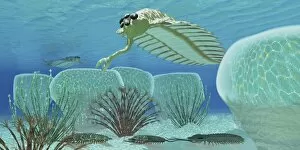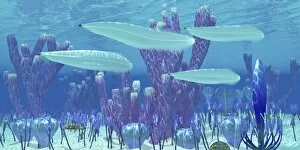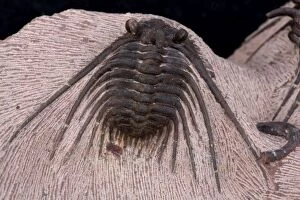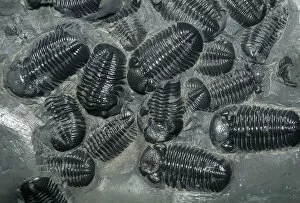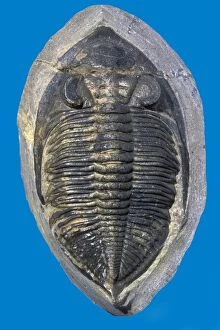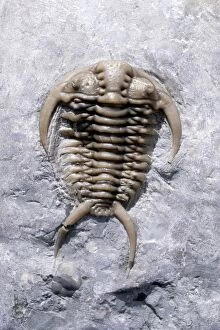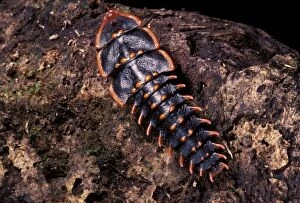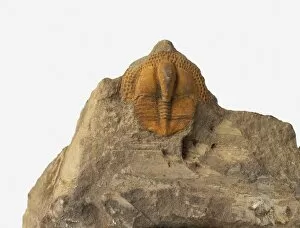Trilobite Collection
"Unveiling the Ancient World
All Professionally Made to Order for Quick Shipping
"Unveiling the Ancient World: Trilobite Fossils and their Fascinating Stories" Step back in time as we explore the captivating world of trilobites through their fossilized remains. Dating back millions of years, these enigmatic creatures offer a glimpse into Earth's prehistoric past. One such remarkable find is the 1846 Victorian Trilobite Paradoxides, an exquisite specimen that showcases the intricate details of this extinct arthropod. Its well-preserved features provide valuable insights into its anatomy and behavior. Another intriguing discovery is the Ogygiopsis klotzi fossil, measuring 50mm long with a small fault running through it. This imperfection only adds to its allure, reminding us of the fragility and resilience of life throughout history. The Lower Cambrian Stephen Formation holds a treasure trove of fossils, including Ogygiopsis klotzi trilobites measuring 50mm long. These ancient remnants shed light on the biodiversity that thrived during this period and help scientists piece together evolutionary puzzles. Trilobites were not alone in their existence; they coexisted with other organisms like sponges and zoophytes. The presence of these diverse fossils further enriches our understanding of ecosystems from bygone eras. Amongst the vast array species lies Calymene blumenbachii brongniart—a striking example known for its distinct features. Studying these unique variations allows researchers to delve deeper into how different environments shaped evolution over time. Phacops and Dalmanites are two additional fossilized trilobite species that capture our imagination with their intricate exoskeletons preserved in stone. Their beautifully preserved forms serve as testaments to Earth's ever-changing landscapes. Imagine witnessing an Orthocerid hunting trilobites—an awe-inspiring scene brought to life through artwork depicting nature's eternal struggle for survival.

